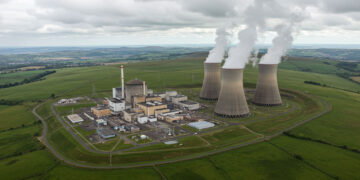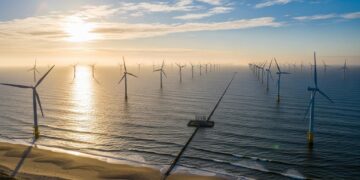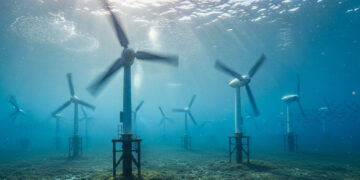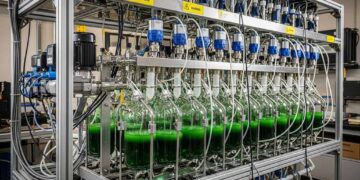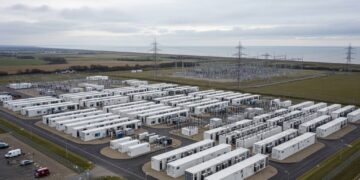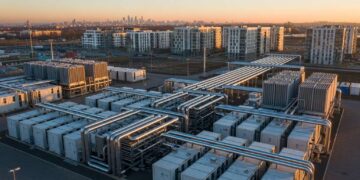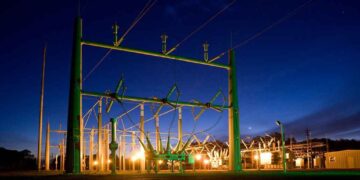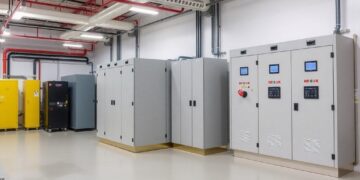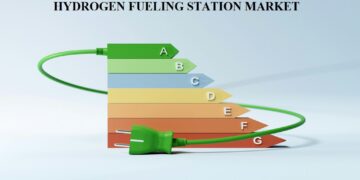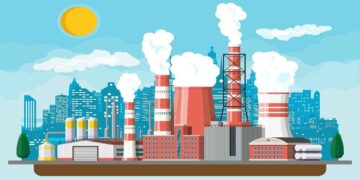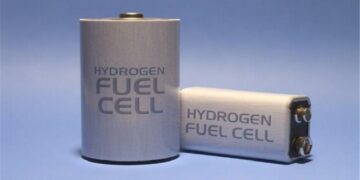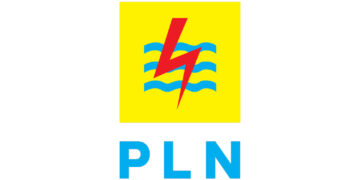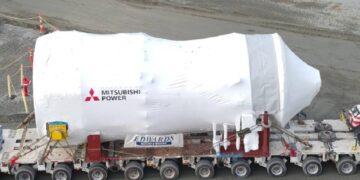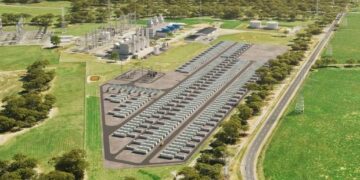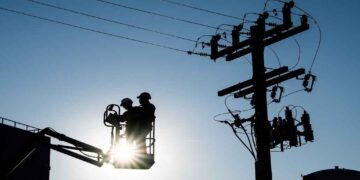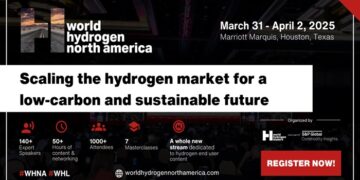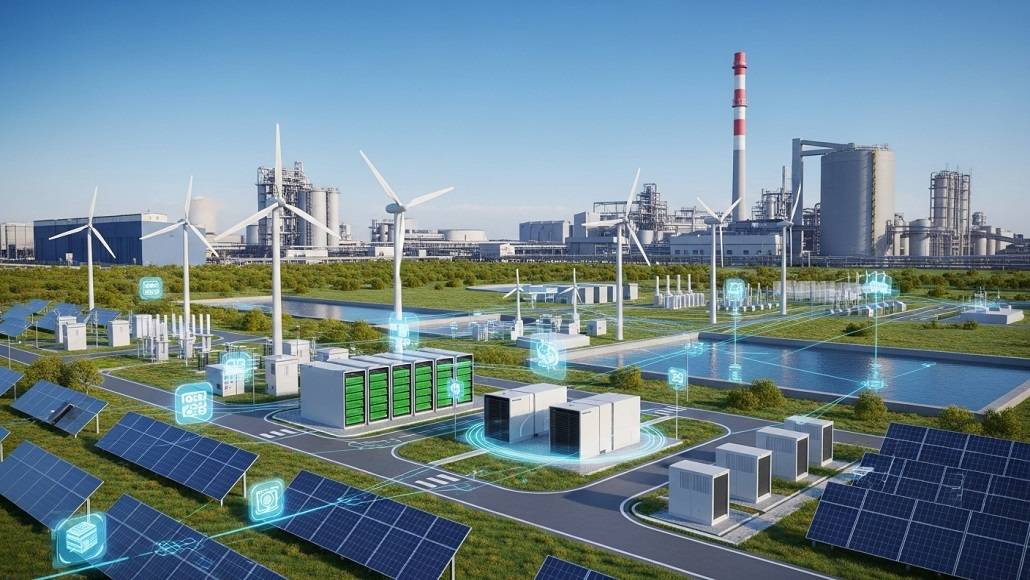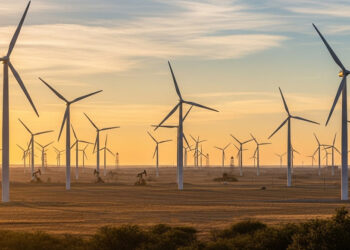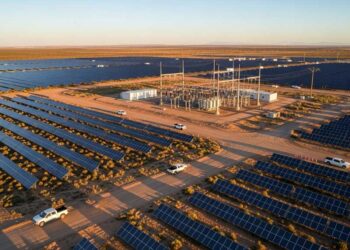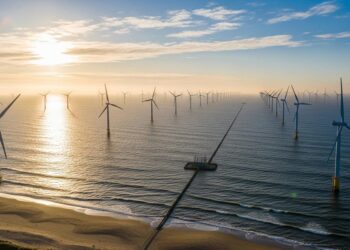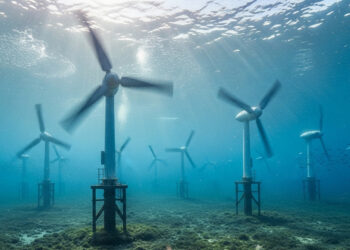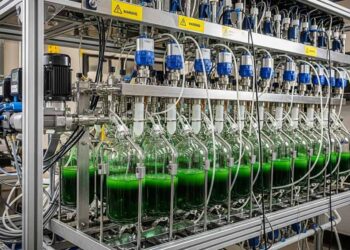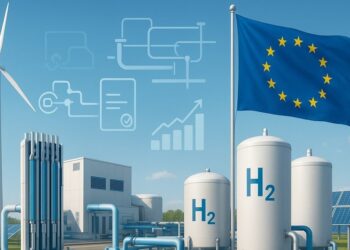The power business around the world is changing quickly and in big ways. Decentralised and virtual power plants (VPPs) are becoming more important as a building block technology for the grids and industries of the future. This is because they meet the requirement for decarbonisation and the growing demand for flexible, reliable energy. Decentralised and virtual power plants (VPPs) are more than simply a new technology; they’re changing how electricity producers, consumers, and big businesses interact with one another. VPPs are laying the framework for a cleaner, more sustainable, and cheaper power system by bringing together scattered energy resources and coordinating their output using modern digital platforms.
How Decentralised and Virtual Power Plants (VPPs) Have Changed Over Time
Decentralised and virtual power plants (VPPs) are basically platforms that bring together a wide range of distributed energy resources, such as rooftop solar panels, wind turbines, batteries, and demand response assets, into a single, flexible operation. These resources are spread out over a lot of land, but because they are connected digitally, they work together as one dynamic power plant. VPPs leverage real-time data, predictive analytics, and smart contracts to match supply and demand, bid pooled electricity into power markets, and make the most use of renewables in ways that traditional large-scale plants can’t.
Distributed generation is helping to make decentralised and virtual power plants (VPPs) more common. BloombergNEF says that by 2050, the world’s installed capacity of distributed energy assets will be over 5,000 GW, with VPPs set to manage a large part of that. There are already more than 10,000 decentralised generation units in Germany that are part of VPPs. These units provide grid services and help keep the national grid’s frequency stable.
VPPs and Heavy Manufacturing: A New Definition of Power Reliability
Heavy manufacturers, like those that make steel, chemicals, cement, and cars, can’t stand it when power goes out. A sudden drop in voltage or a short power outage can stop manufacturing, break equipment, and cost tens of millions of dollars in lost output. In the past, these industries have depended on centralised baseload facilities that run on fossil fuels to provide reliable electricity. But as networks get more connected and more solar and wind power is added- sources that are naturally intermittent, it’s harder to have consistent, dispatchable power.
Decentralised and virtual power plants (VPPs) are the clear answer. VPPs can give industrial customers exactly controlled, dispatchable electricity by coordinating the generation of hundreds or even thousands of various energy assets. Digital control platforms can estimate demand, keep an eye on the weather and the grid, and make automatic changes to the contribution from each resource in real time.
One of the best things about VPPs is that they can combine new power purchase agreements that combine run-of-river hydro with pumped-storage. Run-of-river hydroelectric plants use the natural flow of rivers to provide renewable electricity. This gives them a fairly steady output that changes with the seasons. Pumped-storage hydroelectric facilities, on the other hand, work like huge batteries on the grid. They store energy as water in higher reservoirs and release it when it’s needed. VPPs may give heavy industry reliable, dispatchable power even when river flows or grid conditions aren’t good by signing contracts for run-of-river and pumped-storage supply.
The Synergy: Run-of-River Hydro, Pumped Storage, and VPPs
The combination of run-of-river hydro with pumped-storage, managed by decentralised and virtual power plants (VPPs), is a major step forward. People like run-of-river power plants because they don’t hurt the environment too much, although their output can alter with the weather. Pumped-storage fills in the gaps by storing extra power when there is a lot of it and releasing it when it is most needed.
VPPs act like digital mortar, effortlessly moving between run-of-river, pumped-storage, and other distributed resources, such as batteries and demand-response systems, to make sure that industrial clients get their electricity without any problems. This not only makes us less reliant on fossil-fueled peaker plants, but it also makes renewables more appealing as a company by providing a steady stream of income.
In fact, contracts that use VPPs let heavy industry get renewable energy deals that are just as reliable as deals with regular coal or gas plants. Grid operators also benefit from VPPs, which provide extra services like frequency management and reserve capacity to help keep more complex power systems stable.
Effects on the economy and the environment
Countries all over the world are moving towards decentralised and virtual power plants (VPPs) more quickly. This is happening for both economic and environmental reasons. VPPs give big energy users more options for conserving money and being flexible. By dynamically load-shifting or deploying on-site energy storage during peak price hours, manufacturers can save money on electricity and potentially gain money by taking part in demand response markets.
VPPs are very important for the environment since they help mix variable renewables and minimise greenhouse gas emissions. VPPs replace backup plants that run on carbon by making sure that clean power is more efficient and available to all industries. VPPs are already helping European countries get more renewable energy into their grids without making them less stable.
The International Energy Agency (IEA) released a report in 2022 that highlights how VPPs can lower the overall costs of the electricity system by up to 20% in systems with a lot of variable renewables. This is because they make better use of assets, reduce curtailment, and require less infrastructure investment.
Challenges and Way Forward
Decentralised and virtual power plants (VPPs) have a lot of potential, but they also have a lot of problems to deal with. Most places in the globe still prefer centralised, vertically integrated utilities, which makes it hard for dispersed assets to get involved in the market. As VPP implementations grow, we also need to keep an eye on issues like data protection, cybersecurity threats, and interoperability requirements.
Still, governments and business leaders are starting to see the potential of VPPs more and more. Changes to rules, new ways of doing business, and better technology all help us move towards decentralised, smart electricity systems more quickly. VPPs might become the building blocks of a low-carbon, resilient industrial sector if they keep getting money and new ideas.
Conclusion
More and more, virtual power plants (VPPs) and decentralised power plants are becoming more important in today’s energy systems. For large industries, being able to provide steady, dispatchable, and clean power- especially with complex setups of run-of-river hydro and pumped-storage is a big step towards powering industry in a way that doesn’t harm the environment. Decentralised and virtual power plants (VPPs) will shape the future of energy. They will provide flexibility, reliability, and large-scale carbon reduction around the world thanks to digital technology, renewables, and new market design. For both governments and business leaders, this shift is no longer an option; it’s vital for long-term competitiveness and climate leadership.




